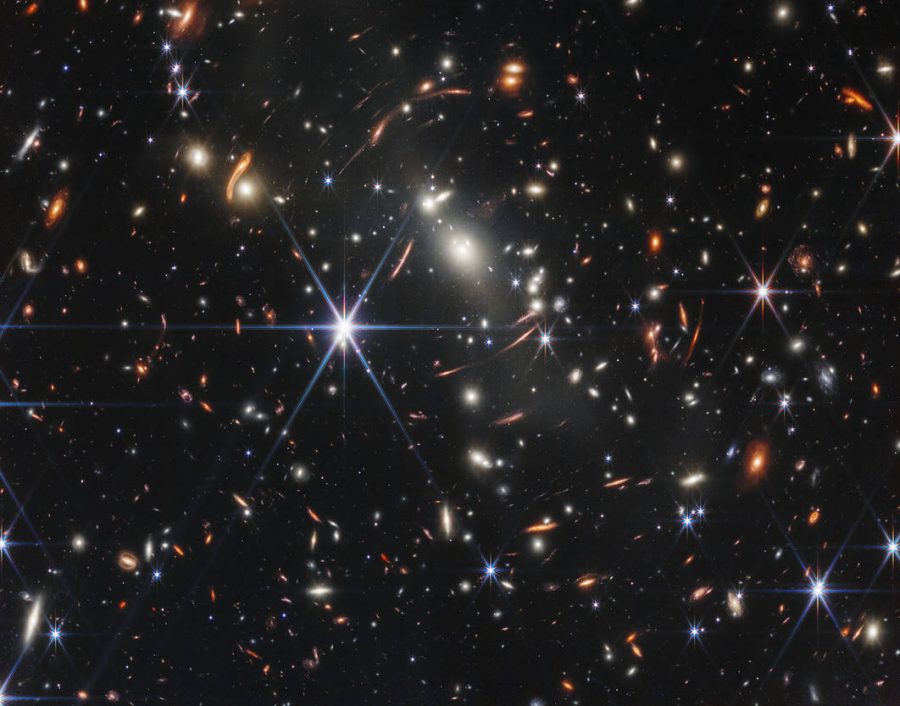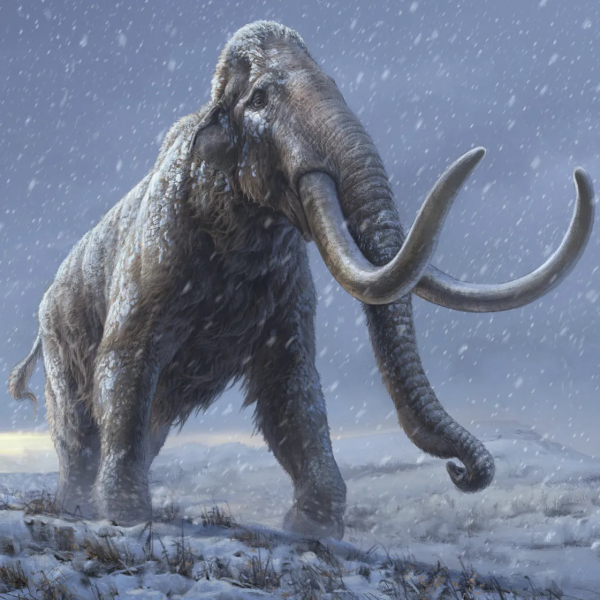This is how the James Webb Space Telescope peers into the past
NASA, ESA, CSA, STScI, Webb ERO
Pictured is the deepest infrared image of the universe so far, taken by the James Webb Space Telescope
September 11, 2022
On Dec. 25, 2021 at 7:20 a.m., the James Webb Space Telescope was launched into orbit. It was taken into orbit by an Ariane 5 rocket. The rocket launched from the Guiana Space Centre in French Guiana.
The James Webb Space Telescope is outfitted with a 21-foot-long primary mirror composed of 18 separate hexagonal mirrors. The mirror is folded for the launch and unfolds when in space.
The Webb telescope uses 132 small motors, called actuators, to position the optics. The actuators are able to position the mirror with a 10 nanometer accuracy. Some of the instruments on the Webb telescope are the Near-Infrared Camera, Near-Infrared Spectrograph, Mid-Infrared Camera, and a Fine Guidance Sensor, Near-Infrared Imager. and Slitless Spectrograph.
Galaxies emit a wide range of wavelengths on the electromagnetic spectrum. They emit waves ranging from gamma rays to radio waves. Normally, when galaxies are closer to us, the light they emit has not changed much since it was emitted, so we are able to probe the wavelengths and see what is going on in that galaxy.
The problem is when galaxies are further, the wavelengths are stretched to longer and redder wavelengths. This is caused by the constant expansion of the universe. This means that most of the light from further galaxies that would have been visible to our eyes has lost its energy. It is now in a completely different area of the electromagnetic spectrum.
The Webb telescope is able to capture the altered wavelengths by using its many infrared cameras. The Webb telescope is able to capture vastly distant galaxies as they appeared only 100 million years after the Big Bang. The Webb telescope will be showing us light from about 13.7 billion years ago!
The many features and instruments on the Webb telescope will not only allow us to look into the past but it will allow us to observe some of the first galaxies that formed in the early universe.
The Webb’s life span is only designed to be five years; although, it could keep operating for longer than 10 years. The lifespan is hindered by the amount of fuel used to maintain its orbit. There is also the possibility that the telescope’s components could degrade overtime.
Currently, the Webb telescope can be found in the L2 orbit; this will be its final destination. It currently floats about 1.5 million kilometers or roughly 932,000 miles from Earth.















